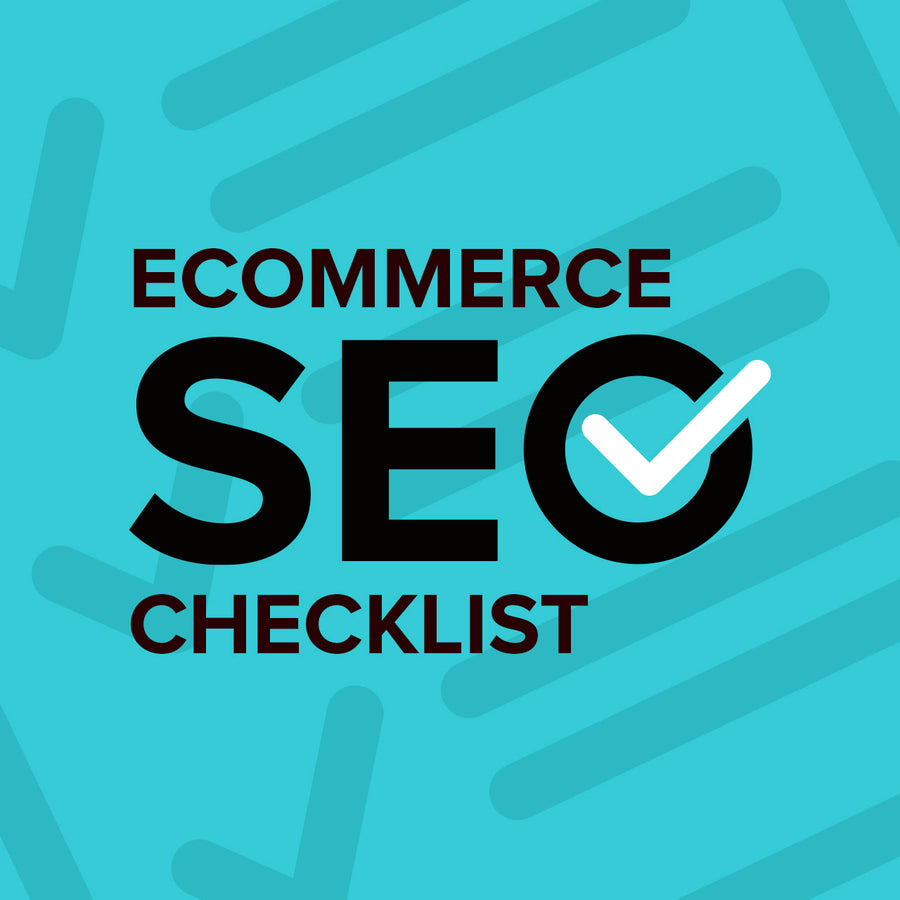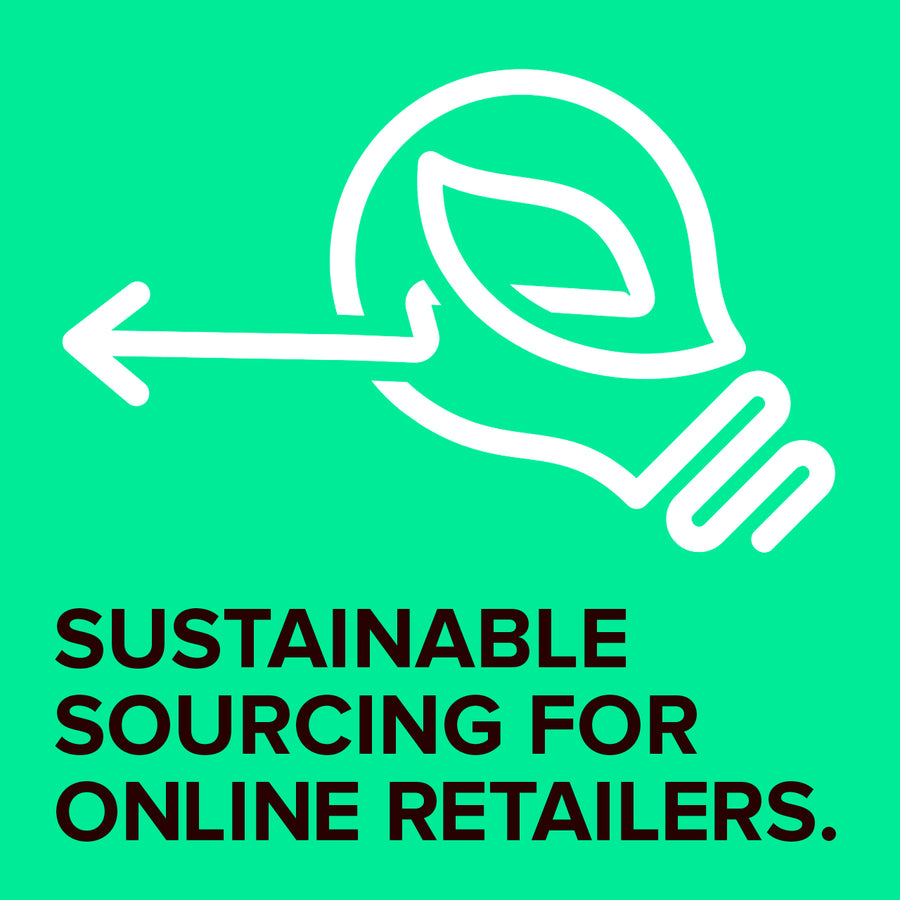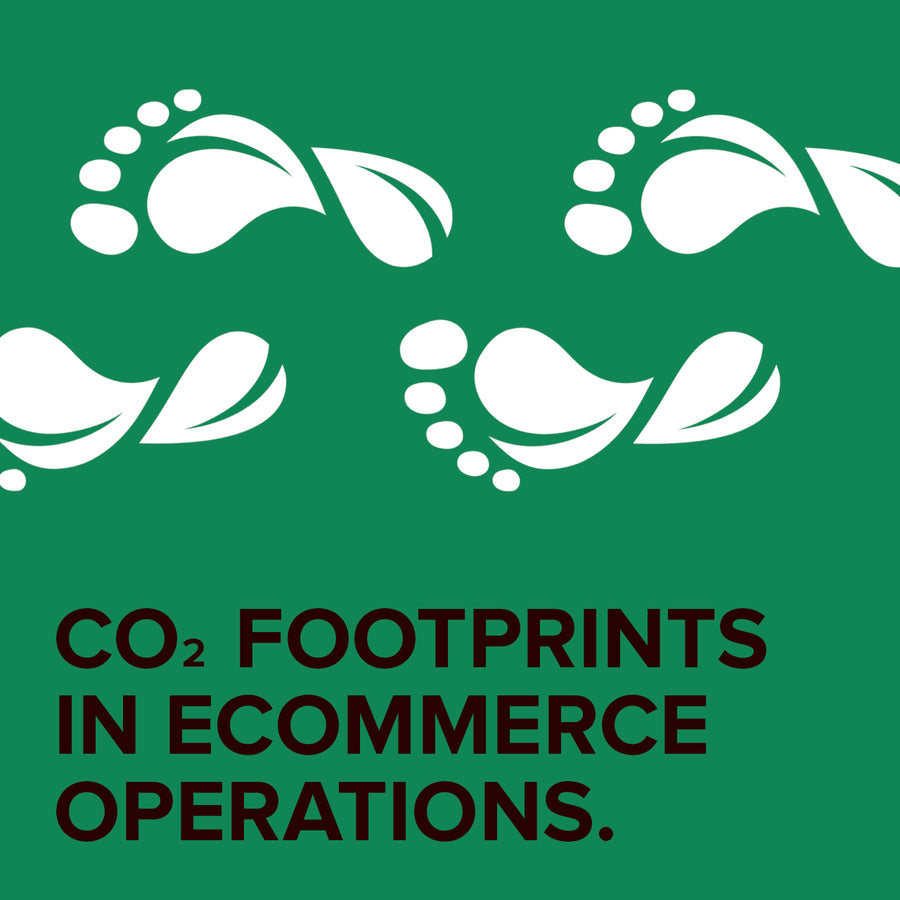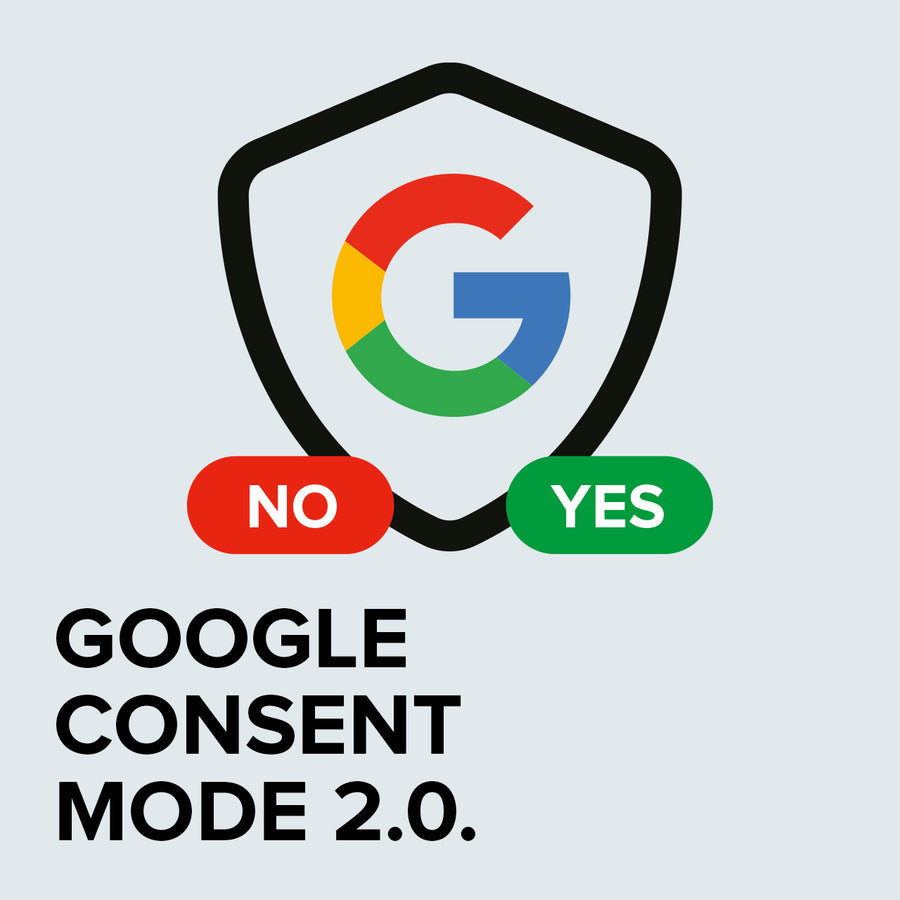eCommerce SEO Checklist
23 February 2024

Tired of your products getting lost in search results? Unlock the secrets of eCommerce SEO! Learn how to make your product pages stand out and attract more customers.
In the world of online shopping, getting your products noticed is crucial. That's where SEO, or Search Engine Optimisation, comes into play. Done right, it helps boost your site's visibility on search engines like Google, attracting more potential customers to your virtual shopfront.
While SEO covers your whole website, your product pages are particularly important. Think of them as your star salespeople – it's their job to convince visitors that what they're looking at is the thing they need. Let's look at the key areas where a bit of SEO magic can make your product pages shine.
eCommerce Optimisation Tips to Improve Your Product Page
- Optimising Product Pages
- URLs
- Title Tags
- Meta Descriptions
- Headings and Subheadings
- Product Descriptions
- Images
- User-Generated Content
- Cultural Adaptation
- Technical SEO
- Structured data
- Duplicate Content
- Tackling Duplicate Content
- Additional Optimisations
Optimising Product Pages
URLs: Your Product's Digital Address
Think of your product URLs as addresses for search engines and customers alike. Here's how to make them easy to find and understand:
- Keep it clean and simple: "www.yourstore.co.uk/mens-blue-jeans" is much friendlier than a jumble of numbers and codes.
- Keywords are key: Include your target keywords (what people might search for) in the URL.
- Less is more: Limit the number of categories and subfolders. This makes it easier for search engines to understand the structure of your site.
Example: A messy URL might look like www.yourstore.co.uk/category.php?id=123345&sale=true
Improved: www.yourstore.co.uk/mens-jeans/stonewash-classic-fit
Title Tags: The Headline That Grabs Attention
Imagine the title tag as the bold headline of a newspaper article. It needs to be catchy and informative at the same time. Here's the recipe:
- Front-load your keywords: Start with your main keyword and the product name. For example, "Stonewash Classic-Fit Jeans - Men's Denim".
- Be concise: Aim for around 50-60 characters to prevent your title from being cut off in search results.
- Make it unique: Each product page should have its own distinct title tag to avoid confusing search engines.
Tip: Try thinking of what someone might actually type into Google when searching for your product. Use those words in your title!
Meta Descriptions: Your Mini Sales Pitch
While the title tag gets the first click, it's the meta description that often seals the deal. This little snippet of text appears below your title in search results, so make it count!
- Think like a customer: What sets your product apart? Highlight its unique features and benefits.
- Call to action: A subtle nudge goes a long way. Try phrases like "Shop now," "Discover more," or "Limited time offer."
- Keywords, but don't overdo it: Naturally weave in your target keyword once. Overstuffing your description won't help.
- Stay within the limit: Aim for around 155 characters to ensure the full description gets displayed.
Remember: A well-crafted meta description is like a tempting shop window display – it entices people to step inside and explore your product page.
Headings and Subheadings: The Signposts of Your Page
Think of headings and subheadings as the helpful signs that guide customers through your product page. They break up your content, making it easier to scan and digest. Here's how to make them work for you:
- Structure is key: Use an H1 for your main product title, then H2s for major sections (like "Description," "Features," "Reviews"). Subheadings (H3s and so on) can further organise details within those sections.
- Keywords, with care: Naturally include relevant keywords in your headings, but don't force them in where they don't make sense.
- Keep it reader-friendly: Write headings that are actually helpful to a shopper, not just a jumble of keywords aimed at search engines.
Example: Instead of a vague heading like "Details," a more specific "Materials & Care Instructions" immediately lets a customer know what they'll find in that section.
Product Descriptions: Where Persuasion Meets Information
Your product description is your chance to paint a vivid picture – and get your customer excited. It's about more than just listing specifications. Here's how to make yours shine:
- Benefits over features: Think about the problems your product solves or the desires it fulfils. Don't just say "waterproof jacket," but "stay dry on the rainiest hikes."
- Answer those questions: Imagine the questions a shopper has. Address those in your description – materials, size, care instructions, what it goes well with, etc.
- Keyword finesse: Yes, include your target keyword, but work it in organically. A forced phrase stands out awkwardly.
- Make it scannable: People rarely read everything word-for-word online. Use bullet points, short paragraphs, and maybe even a comparison table for complex products. Images and videos are great here too!
Pro Tip: Put yourself in your customer's shoes. Would this description convince you to buy?
Images: More Than Just Eye Candy
Images aren't just about making your product pages prettier. They're powerful sales tools, and search engines pay attention to them too!
- Quality matters: Nobody wants to squint at a blurry photo. Use clear, high-resolution images that show your product in its best light.
- Show it off: Include multiple images from different angles. Think close-ups for details, lifestyle shots of the product in use, etc. 360-degree views are a bonus!
- Name your files wisely: Instead of "IMG_2345.jpg," use "blue-stonewash-jeans-mens.jpg". This helps search engines understand what's in your image.
- Alt text is key: This is the text that displays if an image doesn't load, and it's vital for screen readers. Describe the image accurately, using your keywords once in a natural way.
Bonus: Well-optimised images can also help you show up in Google Image Search, bringing in even more traffic!
User-Generated Content: Building Trust and Credibility
Honest reviews, ratings, and even those customer questions add a layer of authenticity to your product pages that no ad copy can match. Here's how to make it work:
- Make it easy to leave feedback: Display "Write a review" buttons prominently. Offer rewards programs or simple thank-you emails to encourage participation.
- The good, the bad, and the...? Don't be afraid of a less-than-perfect review. It shows you're genuine. However, a mix of mostly positive reviews is the goal!
- Respond, don't react: Addressing both positive and negative reviews shows you care about customers. Thank those leaving good feedback, and professionally address concerns or questions raised in others.
- It's social proof: People are often swayed by the opinions of others. Positive reviews can be the final nudge a hesitant shopper needs.
Extra tip: Highlight standout reviews on social media or even feature some on your homepage!
Cultural Adaptation: Going Global
Expanding into international markets requires more than just straight translation. Here's how to make your product pages resonate across cultures:
- Do your research: What are the cultural norms and preferences in your target market? Colours, imagery, and what you think is a funny sales pitch can mean very different things in other countries.
- It's not just about words: Layout preferences also vary. Some cultures prefer denser content, while others like plenty of white space. Observe other successful sites in that market for clues.
- Localise your keywords: The terms people search for will differ across languages. Professional translation services usually include keyword research in their packages.
- Professional translation is key: Never rely solely on machine translation (like Google Translate) for product descriptions. Hire a native speaker with an understanding of marketing and your niche.
Remember: Taking the time to adapt your pages shows respect for your international customers. This builds trust and can significantly boost sales in those markets! If you target multiple languages or regions, hreflang tags within your website's <head> section tell search engines about these variations.
Technical SEO: The Foundation for Success
Even with amazing content, technical hiccups can drag your rankings down. Here are the essentials:
- Speed matters: Nobody likes a slow-loading website. Optimise your images, streamline your code, and consider a good hosting provider to ensure your product pages zip open.
- Think mobile-first: Most people shop on their phones these days. Make sure your product pages look great and function perfectly on smaller screens. Use a responsive design that adapts automatically.
Structured Data: Your Secret Language With Search Engines
This special code helps search engines understand details like price, availability, and even star ratings directly. There are tools to help you generate this!
Pro Tip: A well-known vocabulary for structured data is schema.org, which has types specifically designed for eCommerce. Including rich structured data markup can lead to several benefits:
- Rich snippets in search results: Your product listings may display with extra details like prices, reviews, and star ratings, making them more eye-catching.
- Eligibility for special features: Potential appearance in Google Image Search, Product-related carousels, etc.
- Improved accessibility: Structured data aids screen readers in understanding your site structure.
Here's a breakdown of the most important types of eCommerce information you can include on your website using schema.org:
Core eCommerce Entities
Product:
- name: The product's title
- image: A URL of an image of the product
- description: A description of the product
- offers: Information about pricing and availability (see Offer type below)
- brand: The brand of the product
- sku: The product's unique stock-keeping unit code
- mpn: The Manufacturer Part Number
- aggregateRating: Average rating based on customer reviews
- review: Individual customer reviews
Offer:
- priceCurrency: Currency code (e.g., USD, GBP)
- price: The product's price
- availability: Stock status (e.g., https://schema.org/InStock, https://schema.org/OutOfStock)
- priceValidUntil: Date when the price is no longer valid
- seller: The organization or person selling the product
Enhancing the User Experience
BreadcrumbList:
- itemListElement: A nested list of items representing the breadcrumb trail, indicating the product's position within your site hierarchy
Organization:
- name: Your business name
- logo: URL of your company logo
- url: Your website's URL
- contactPoint: Contact options (phone number, email)
- sameAs: Links to your social media profiles
Review:
- author: The reviewer's name
- datePublished: Date of the review
- reviewBody: Text of the review
- reviewRating: A rating for the product (see Rating type below)
Rating:
- ratingValue: The numerical rating (e.g., 4 out of 5)
- bestRating: The highest possible rating
- worstRating: The lowest possible rating
Duplicate Content: When Your Pages Compete Against Themselves
Duplicate content occurs when large blocks of text are identical or very similar across multiple pages, either within your own website or across the web. Here's why it matters for your eCommerce site:
- Search engine confusion: Search engines may struggle to determine which version of the content is the most relevant to show in search results. This can lead to pages competing with each other, diluting the potential ranking of all versions.
- Wasted crawl budget: Search engines have a limited "crawl budget" for your site. Don't make them waste it on near-identical pages.
- Common culprits in eCommerce: Product descriptions provided by manufacturers, boilerplate content in footers, and variations of product pages created by filters (e.g. sorting by colour) are frequent offenders.
Tackling Duplicate Content
- Prevention is best: Write unique, high-quality product descriptions whenever possible. Customise boilerplate content.
- Canonical tags: Use the rel="canonical" tag to signal to search engines the preferred master version of the page.
- Use with caution: Noindex tags and 301 redirects have their place but are often band-aid fixes. Address the root cause of the duplication if feasible.
Important: Duplicate content isn't always intentional, and Google generally doesn't penalise for it unless there's an attempt to manipulate rankings. The focus should be on providing unique value on each page.
Additional Optimisations
These areas unlock further optimisations:
- Crawlability & Indexation: Search engines need to find and understand your pages for them to rank. Make sure your site's structure is logical and use tools like Google Search Console to check for crawl errors. A robots.txt file guides search bots, but use it carefully – mistakes here can block important content!
- JavaScript & SEO: JavaScript (JS) makes sites dynamic, but overuse can be an SEO hurdle. If product details are only loaded by JS, search engines may struggle to see them. Solutions like server-side rendering (SSR) or hybrid rendering ensure content is accessible to both users and crawlers.
- Performance Optimisation: A Technical Imperative: Core Web Vitals (CWVs) are now part of Google's ranking signals. Beyond PageSpeed Insights, understand CWVs like Largest Contentful Paint (LCP) and Cumulative Layout Shift (CLS). Prioritise optimising the elements impacting these metrics for the biggest gains.
Conclusion: SEO is a Journey, Not a Destination!
By focusing on these key areas, you'll give your product pages a significant SEO boost. Remember these takeaways:
- Content is key: Write clear, informative product descriptions that speak to your target audience, naturally incorporating relevant keywords.
- User experience is everything: Prioritise fast loading speeds, mobile-friendly design, and high-quality visuals to provide a seamless shopping experience.
- Technical foundation matters: Structured data, hreflang tags, and a well-optimised site infrastructure help search engines understand your products and serve them to the right customers.
- Adapt and evolve: SEO is an ongoing process. Monitor your rankings, test changes, and stay informed about search engine updates.
Treat each product page as a valuable piece of online real estate. Investing time and effort into optimising them will pay off in both increased traffic and happier customers!
INSIGHTS
27 February 2024
Preparing for a Cookieless Future: Maximising First-Party Data for Your eCommerce Site
CASE STUDIES

Floor Giants
Discover how Absolute helped Floor Giants boost customer engagement and streamline their Magento store. Learn about the key features that made the difference.
-
Magento

Pantherella
Magento 1 migration, front-end development, and Magento 2 support for sock manufacturer Pantherella. Learn more about our work with Pantherella.
-
Magento -
-
Support
Are you excited to get your next project up and running? Or are you unsure what is dragging you down?







